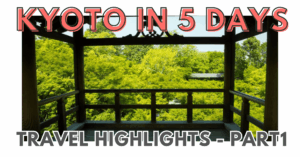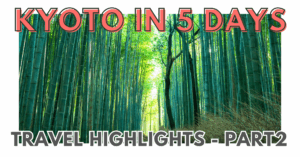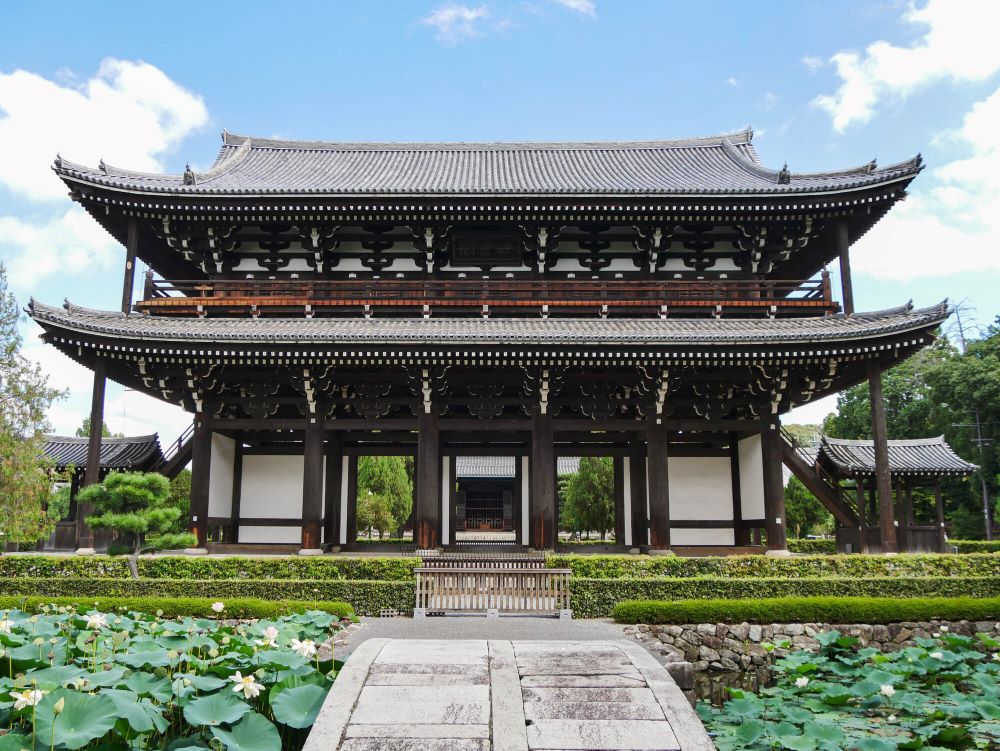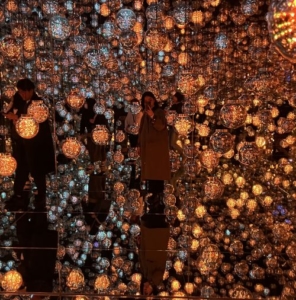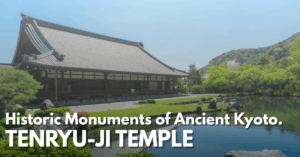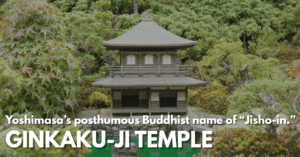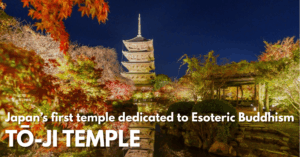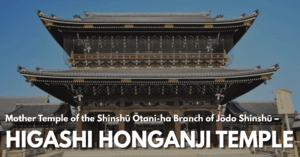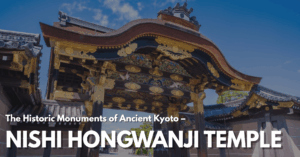Fushimi Inari Taisha is one of Kyoto’s most iconic photo spots, best known for its breathtaking Senbon Torii—the thousands of vermilion torii gates lining the mountain trails.
As the head shrine of all Inari shrines in Japan, Fushimi Inari has long been affectionately known as Oinari-san. The shrine has been a center of popular worship for centuries, dedicated to the Inari Okami, the deity enshrined at Mount Inari. People have come here to pray for bountiful harvests, business success, household safety, and the fulfillment of personal wishes.
Beyond the Senbon Torii, the shrine grounds offer many more sacred spots to explore. These include the Omokaru Stones at the Inner Shrine, Kumataka Shrine, and Kōjin-mine Peak—each with its own legends that grow deeper the higher you climb Mount Inari.In this article, we’ll guide you through the main highlights, access information, and nearby attractions around Fushimi Inari Taisha.
You’ll also discover the fascinating story behind why so many torii gates were donated—don’t miss it!
What Is Fushimi Inari Taisha?
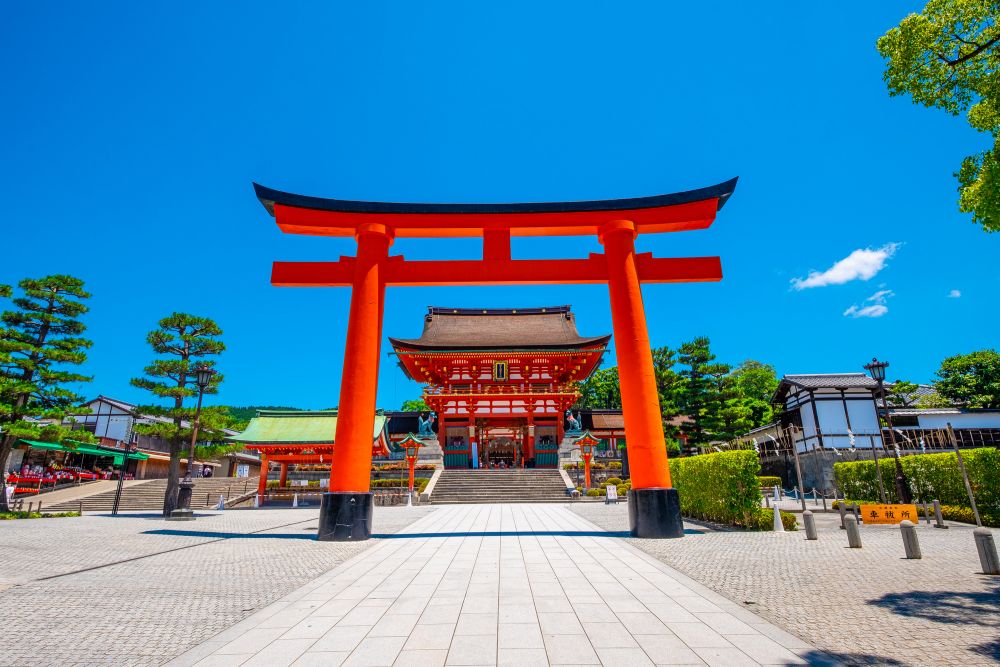
Fushimi Inari Taisha is the head shrine of over 30,000 Inari shrines found throughout Japan.
The shrine is dedicated to the worship of the Inari Okami, the deity originally enshrined on Mount Inari, and it has a history spanning over 1,300 years.
Since ancient times, the shrine has been widely revered as a place to pray for bountiful harvests, business prosperity, household safety, and the fulfillment of personal wishes.
Highlights of Fushimi Inari Taisha

The grounds of Fushimi Inari Taisha span the entire area of Mount Inari, and the highlights include not only the Main Hall (Honden) and the famous Senbon Torii (thousands of red gates), but also sacred spots like Ichinomine, the summit of the mountain.
Exploring the entire mountain takes over two hours.
For those short on time, there’s a recommended short route that covers the key sights at the base of the mountain.
This route takes you from the Rōmon Gate, through the Main Hall, along the Senbon Torii, and up to the Inner Shrine (Okusha Hohaisho).
While the rows of red torii gates at Senbon Torii are especially popular on social media, don’t miss the Rōmon Gate and the Main Hall—both are beautifully decorated and visually impressive.
At the Inner Shrine, you’ll also find a pair of stone lanterns known as the Omokaru Stones.
Here’s how it works: make a wish in front of the lantern, then try lifting the top part.
If it feels lighter than expected, your wish is said to come true. If it feels heavier, it may take more time or effort.
Try it for yourself and see what fate has in store!For the short route, we recommend allowing around one hour to explore comfortably.
Why Are There So Many Torii Gates at the Senbon Torii?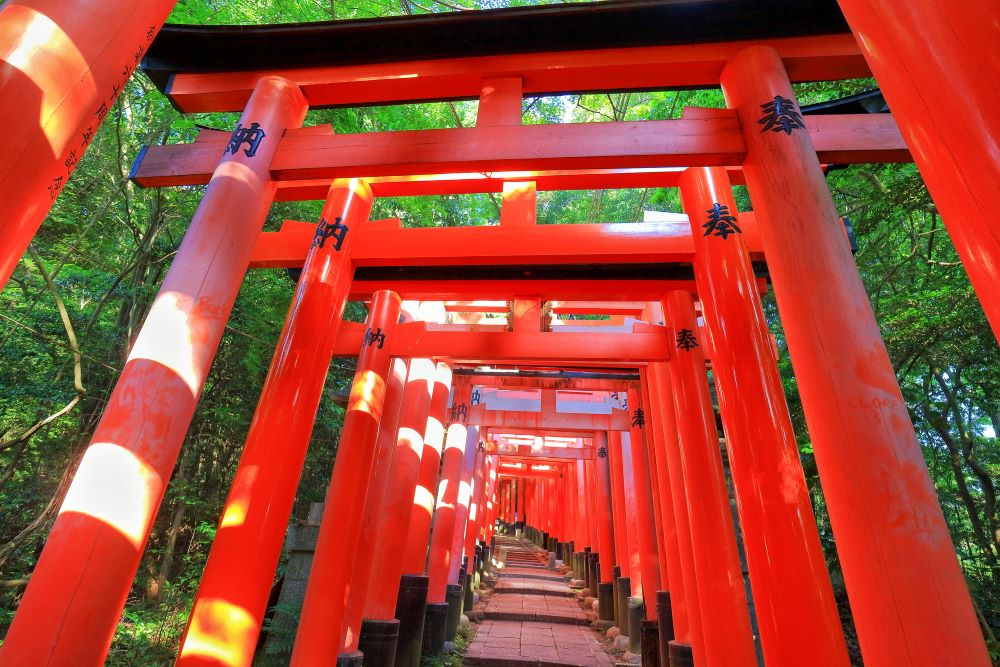
When it comes to Fushimi Inari Taisha, the iconic Senbon Torii (literally “thousands of torii gates”) is a must-see and one of Kyoto’s most photogenic spots.
But have you ever wondered why there are so many torii gates here?
Fushimi Inari is worshipped as the deity of business prosperity and good harvests, and during the Edo period, it became common for worshippers to donate torii gates as a token of gratitude when their prayers were answered.
Over time, this practice grew—and today, there are around 10,000 torii gates lining the trails up Mount Inari.Even now, new gate donations are accepted as part of special prayers.
If you’re interested, donation starts at ¥300,000 for the smallest size (Size 5). Inquiries can be made at the shrine office.
Discover the Spiritual Depth of Fushimi Inari: The Allure of the Pilgrimage Trail
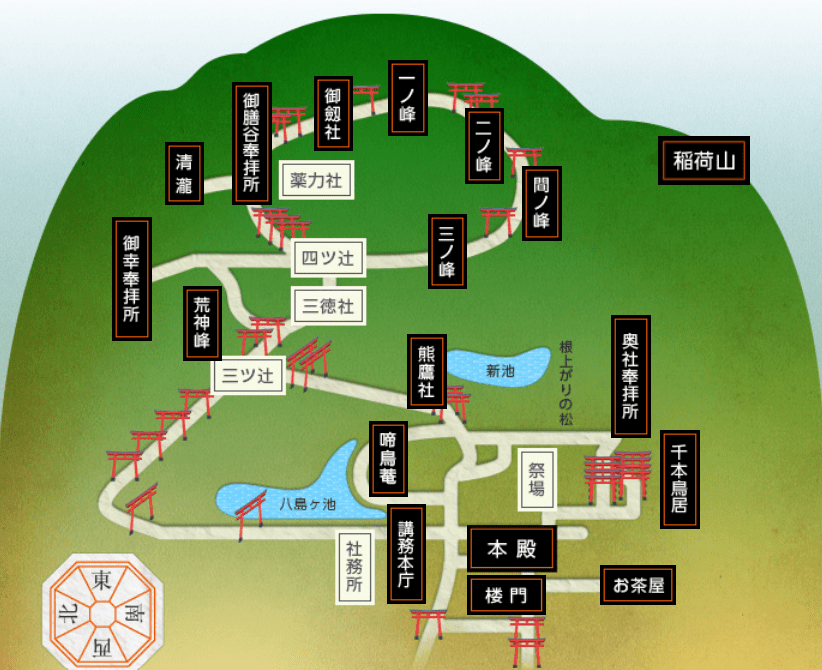
If you have the time, be sure to try the mountain pilgrimage route—a trail that lets you truly experience the history and tradition of Mount Inari.
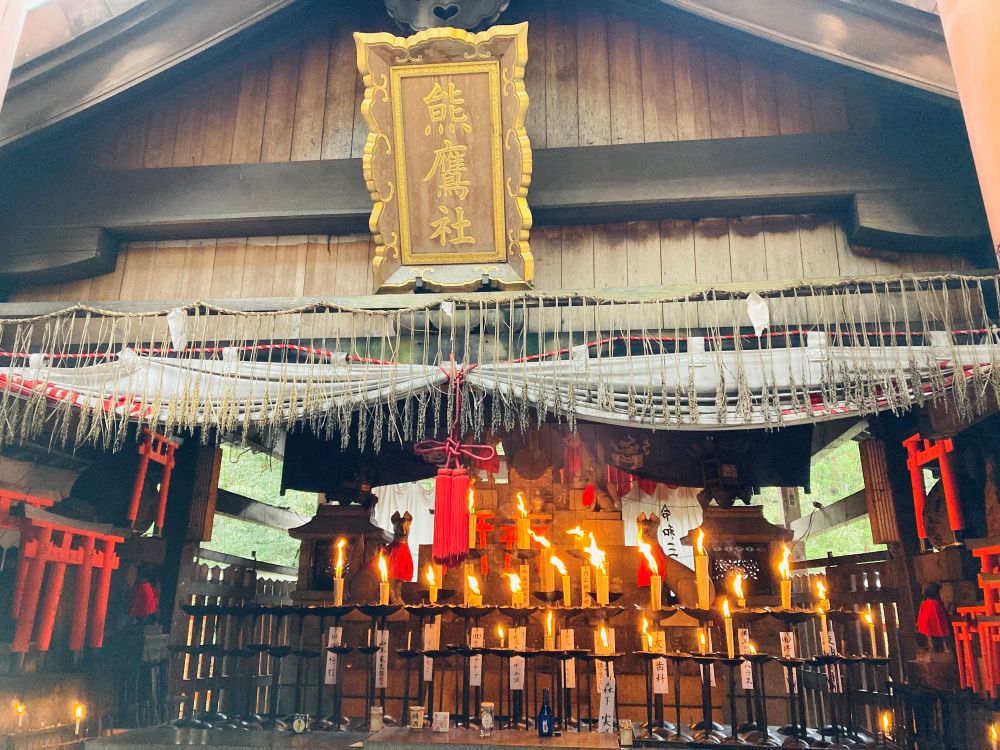
Kumataka Shrine is one of the most powerful spiritual spots within Fushimi Inari Taisha.
Nearby lies Shinike Pond, also known as Kodama-ga-ike (“Echo Pond”). According to legend, when someone went missing in the past, people would clap their hands toward the pond, and an echo would return from the direction where the person could be found.
The stone embankments around the pond are dedicated to the deity Kumataka Okami, and inside the shrine, you’ll find countless candles flickering gently.
When there are many visitors, more candles are lit, creating a deeply atmospheric and solemn space.
Continue up the path and you’ll reach Yotsutsuji, one of the most scenic viewpoints along the trail.
Though the dense trees and shadows along the way can feel mysterious or even eerie, this too was once part of what people revered as the sacred essence of Mount Inari.
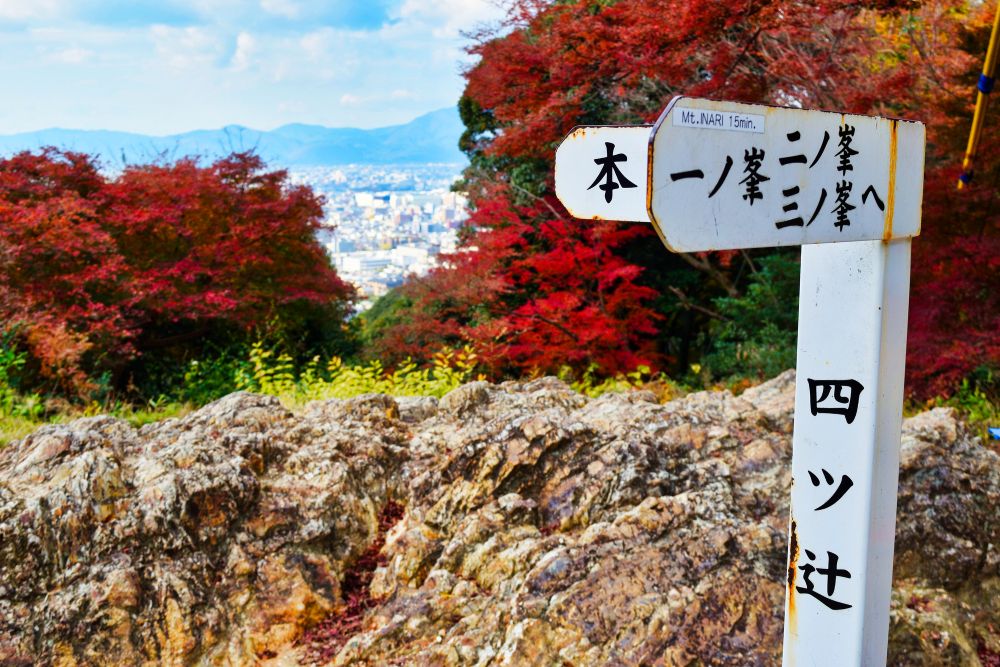
As you continue deeper into the mountain, you’ll reach a series of sacred peaks:
San-no-mine, dedicated to Shiragiku Okami;
Ai-no-mine, honoring Ise Okami;
Ni-no-mine, dedicated to Aoki Okami;
and finally, Ichi-no-mine, where Suehiro Okami is enshrined—this is the highest point of Mount Inari.
Along the way, you’ll also encounter other sacred sites such as Mitsurugi Shrine, Gozen-dani Worship Hall, and the Kiyotaki (Pure Waterfall).
Continue westward, and the trail eventually connects to the road leading to Tofuku-ji Temple.
If you plan to explore the mountain pilgrimage route, be sure to wear comfortable walking shoes, bring warm clothing, and carry enough drinking water.
Avoid attempting the hike to the summit in the late afternoon or evening, as the trail can become dark and challenging.
Expect the full route to take around two hours to complete at a steady pace.
How to Get to Fushimi Inari Taisha
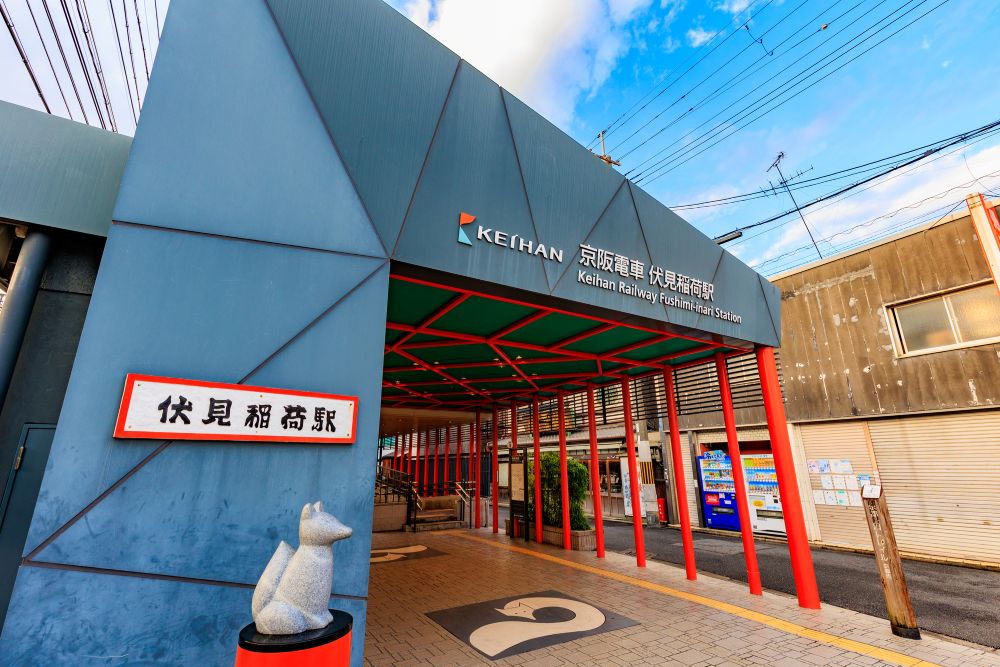
To reach Fushimi Inari Taisha, you can take either a train or a bus from Kyoto Station.
By train, take the JR Nara Line and get off at Inari Station, or take the Keihan Main Line and get off at Fushimi Inari Station—from either station, it’s about a 5-minute walk to the shrine.
If traveling by bus, take Kyoto City Bus South Route No. 5, and get off at the Inari Taisha-mae stop. From there, it’s just under a 10-minute walk.
The area around the shrine is also full of charm, with the Fushimi Inari Shopping Street offering local specialties, including Inari-themed foods and matcha desserts at cozy cafes.
To fully enjoy both the shrine and its surroundings, we recommend setting aside half a day for your visit.
| Fushimi Inari Taisha Adress:68 Yabunouchi-cho, Fukakusa, Fushimi-ku, Kyoto, 612-0882 TEL:075-641-7331 Worship & Visiting Etiquette:24hours Prayer Rituals (Kito):8:30〜16:30 HP:https://inari.jp/ |
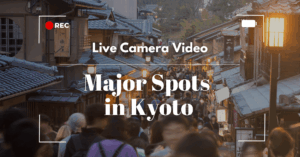
Nearby Places to Visit Around Fushimi Inari
Recommended Hidden Gem: Fushimi Inari OICY Village
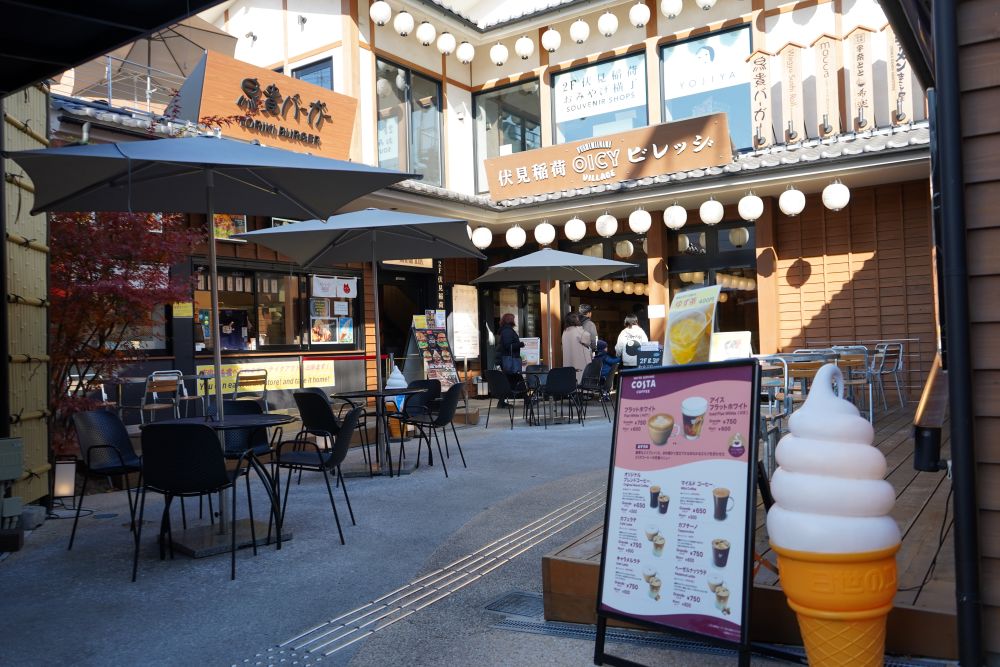
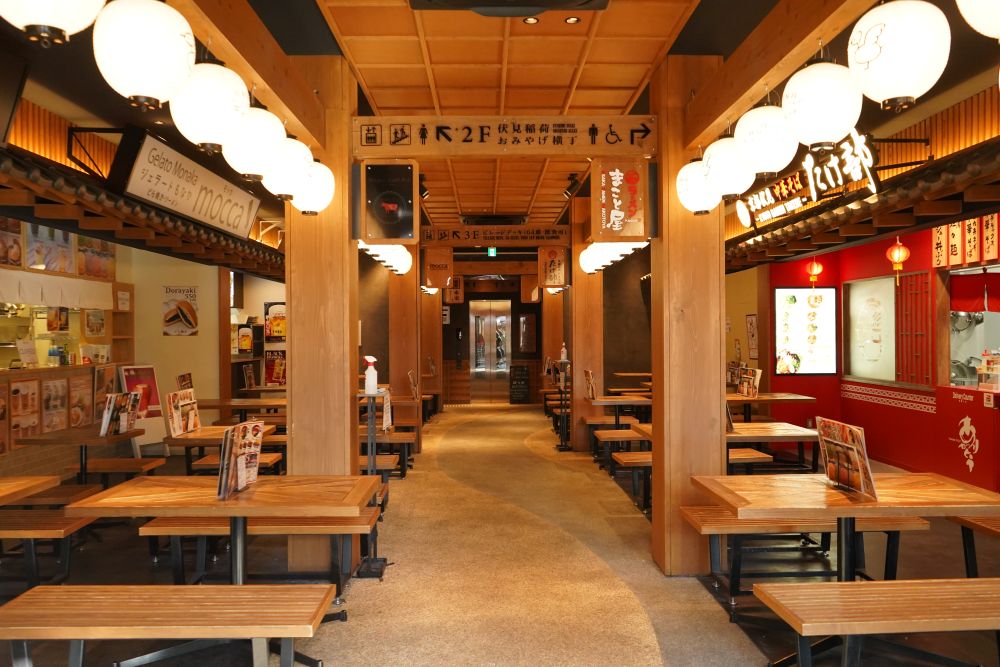
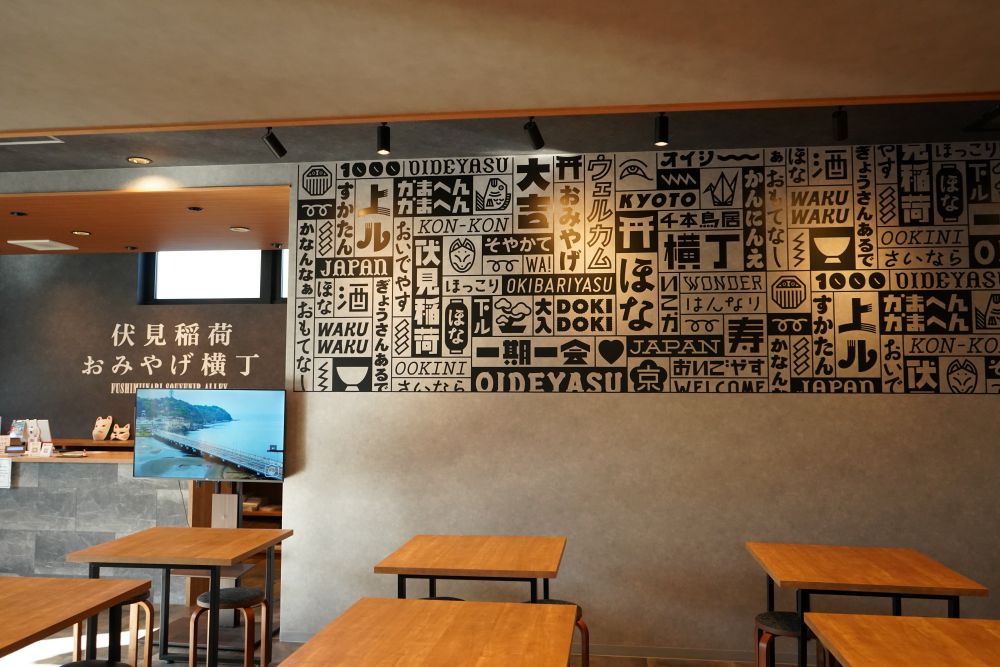
Just a 1-minute walk from Keihan Fushimi Inari Station and 4 minutes from Fushimi Inari Taisha, Fushimi Inari OICY Village is a multi-purpose tourist complex in a prime location.
On the first floor, you’ll find a food court offering a wide variety of options—from ramen and udon to burgers and sweets.
The second floor features Omiyage Yokocho, a shopping area where you can browse souvenirs like cosmetics, traditional Japanese sweets, and local crafts.
There’s also a rooftop terrace where you can enjoy your meal while taking in beautiful views of Mount Inari.
One of the top food court picks is Chuka Soba Takebu, a ramen shop run by the well-known Ramen Makotoya chain.
They’re famous for their rich gyokotsu (beef bone) paitan ramen and savory shoyu chicken ramen.
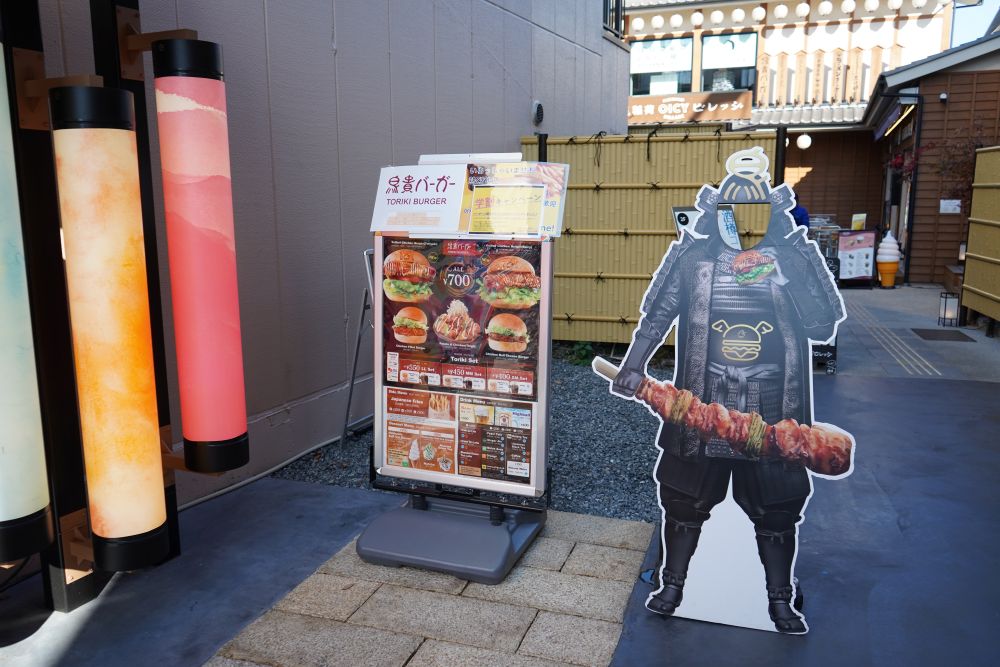
Another spot you won’t want to miss is TORIKI BURGER, a chicken burger specialty shop operated by Torikizoku, a popular yakitori izakaya chain.
Since it’s a food court, you can mix and match dishes from different vendors and enjoy sharing with friends or family—that’s part of the fun!
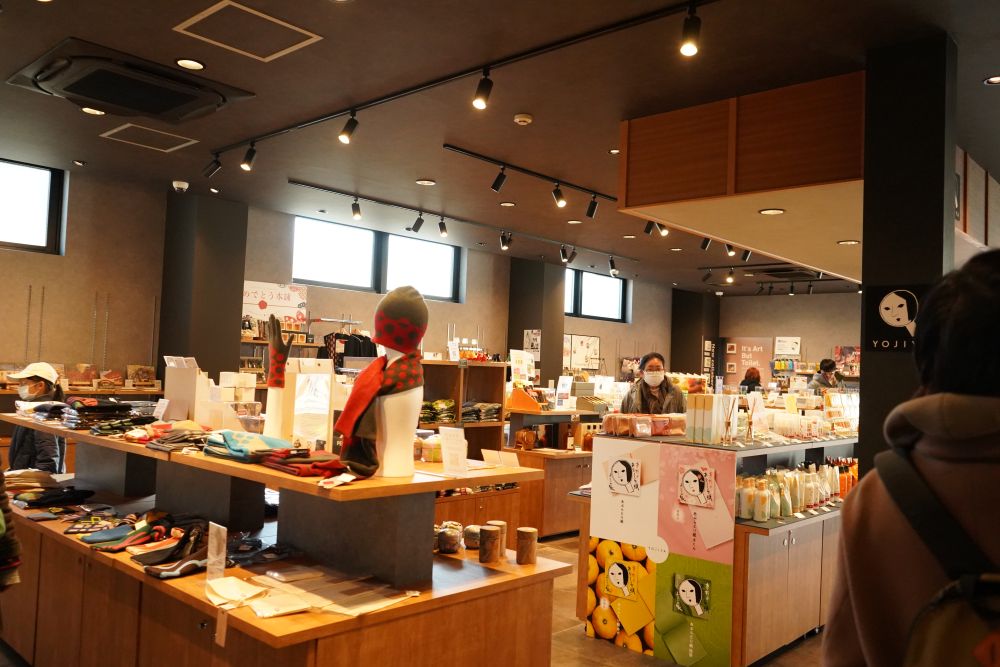
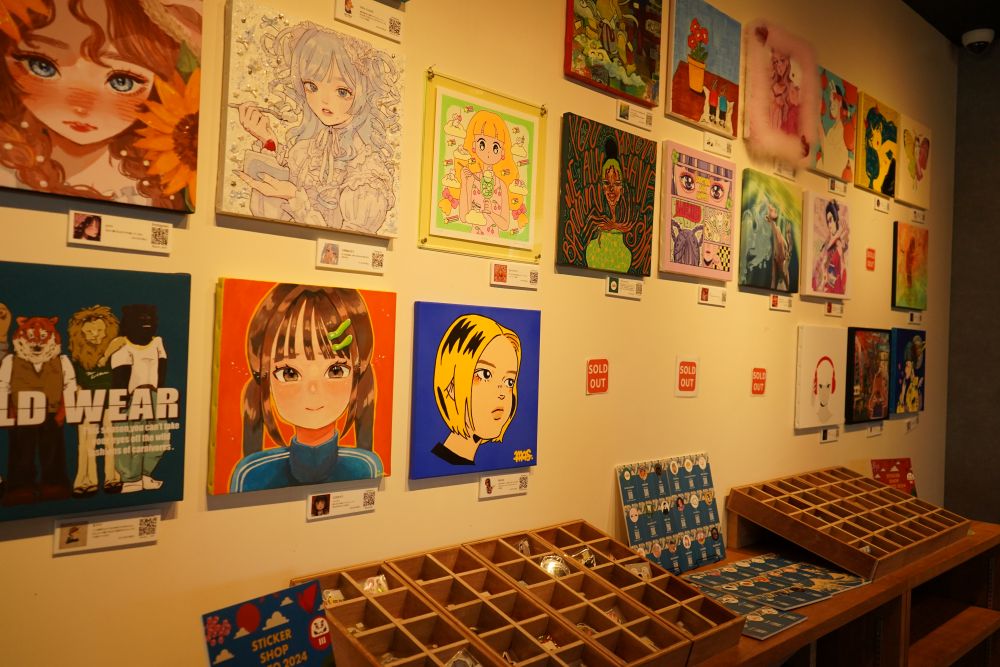
On the second floor, Omiyage Yokocho offers a curated selection of high-quality gifts and local products.
Shops include the well-known Yojiya, famous for its traditional Japanese oil blotting papers, as well as Ariake Sangyo, a sake barrel manufacturer based in Kyoto’s Fushimi district.
One highlight is definitely Ariake Sangyo, which crafts Western-style barrels using traditional Japanese wood.
They promote the story of barrel-aged sake, where aging in wood brings out a more complex and mellow flavor.
At Omiyage Yokocho, you can pick up beautifully packaged sets, such as a trio of mini barrel-aged sake bottles—a perfect souvenir or gift.
Fushimi Inari OICY Village is a great hidden gem where you can take a break from the crowds of Fushimi Inari and enjoy both gourmet bites and relaxing shopping.
| Fushimi inari OICY village Adress:13-5 Fukakusa Ichinotsubo-cho, Fushimi-ku, Kyoto, 612-0012 Business hours1F Food Court:9:00~22:00(LO.21:00) ※Note: Opening hours may vary by store. 2F Fushimi inari Omiyage Yokocho:9:00~21:00 HP:https://www.fushimiinarioicyvillage.com/ Instagram:https://www.instagram.com/oicy_village/ |
